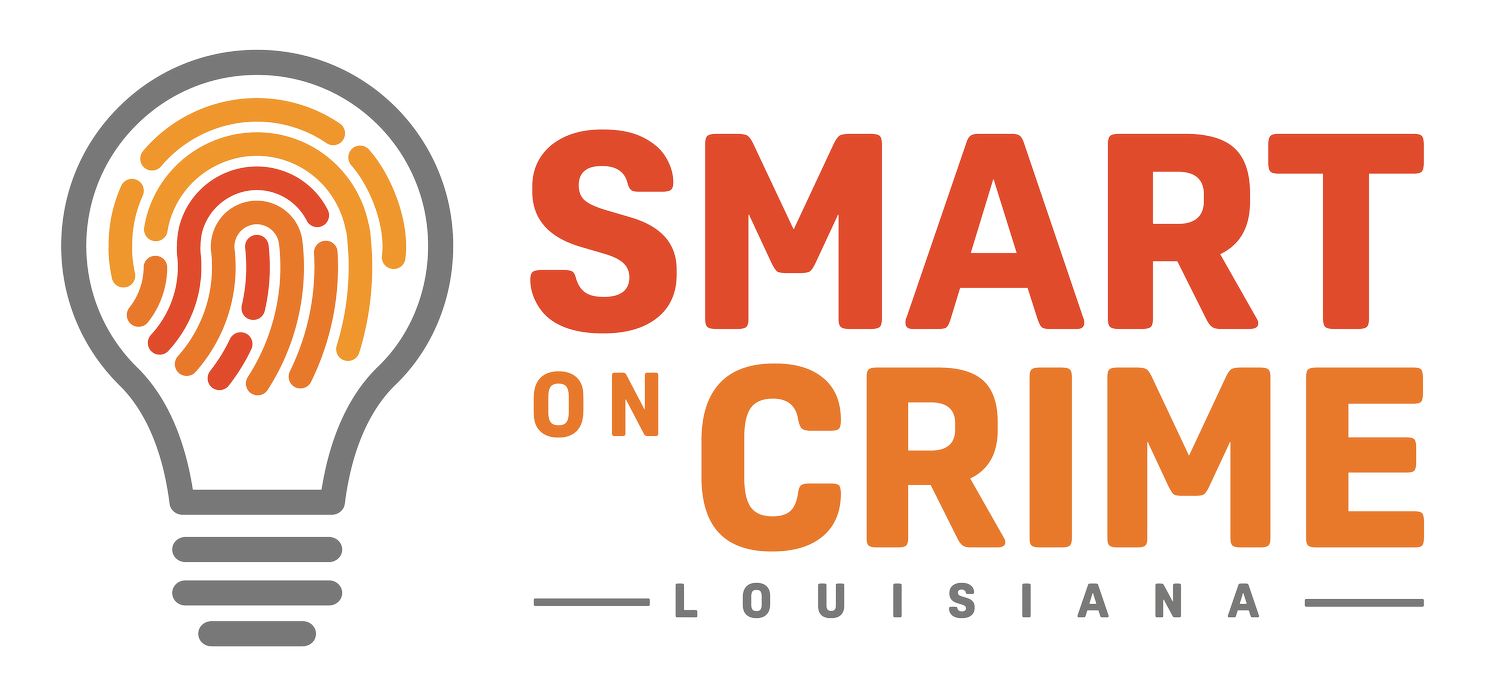JUSTICE SYSTEM RE-ENTRY REFORMS: LET’S FOCUS ON OUTCOMES
Originally appeared in Pelican Institute for Public Policy, by Jamie Tairov
On Wednesday, after nearly three years on hiatus, the Governor’s Justice Reinvestment Implementation Oversight Council finally held a meeting. The meeting’s primary purpose was to discuss the implementation of programs created as a result of the state’s criminal justice reforms enacted in 2017. Those reforms were passed to increase public safety and reduce recidivism, which is a major driver of crime both in Louisiana and nationally. Research has shown that by focusing resources on the highest-risk offenders and investing in effective re-entry programs, states can maximize the impact of taxpayer dollars and reduce crime.
The laws passed in 2017 instructed the Louisiana Department of Corrections to calculate savings based on the number of non-violent offenders that are no longer in the state’s prison system due to reduced sentences, the ability to quickly earn “good time” by participating in programming like job training, and other factors. The realized savings are being plowed back into the system to create new programming. The Department of Corrections uses the largest portion of the funding to provide re-entry and education services to offenders in the system, as well as grants to non-profit organizations statewide that provide services to those on probation or parole.
The justice reforms and related programming have been in effect for five years, but the COVID-19 pandemic hindered implementation not long after they had begun. Given those challenges, what do we know about their effectiveness? As expected, the Department highlighted several instances in which lockdowns within the prison system to prevent the spread of the virus slowed implementation of many of the programs and prevented outside educators from entering the facilities to hold classes.
The Department of Corrections reported on a host of different educational programs that have been implemented since the reforms. They added cognitive behavioral and personal development programming, but reported no statistics. Programming was also initiated for state offenders housed in eight local jails. This included Hi-SET preparation for high school equivalency and skills training where individuals can earn industry-based certifications in welding, carpentry, culinary arts, collision repair, cosmetology, commercial driving, and heavy equipment operation. The Department reported that approximately 225 offenders housed in local facilities have completed industry-based certifications since 2019, but did not indicate how many of these individuals have become employed upon release or whether they have re-entered the justice system.
The purpose of these reforms was to give people entangled in the justice system a second chance to change the trajectory of their lives – to prosper and flourish. Yet to show the success of the reforms, the Department of Corrections must show that the programming taxpayers are funding is effective. The activities and services being provided appear to be the ones that people need the most, but we must know the extent to which they’re achieving positive, sustainable outcomes. We urge the Department and other state and local agencies involved in this work to collect, analyze, and report the outcome data that truly measures progress and supports strong implementation of these important reforms over time. Only then can we know these measures are having the desired impact and are actually helping people get back on their feet and lead a productive life.
